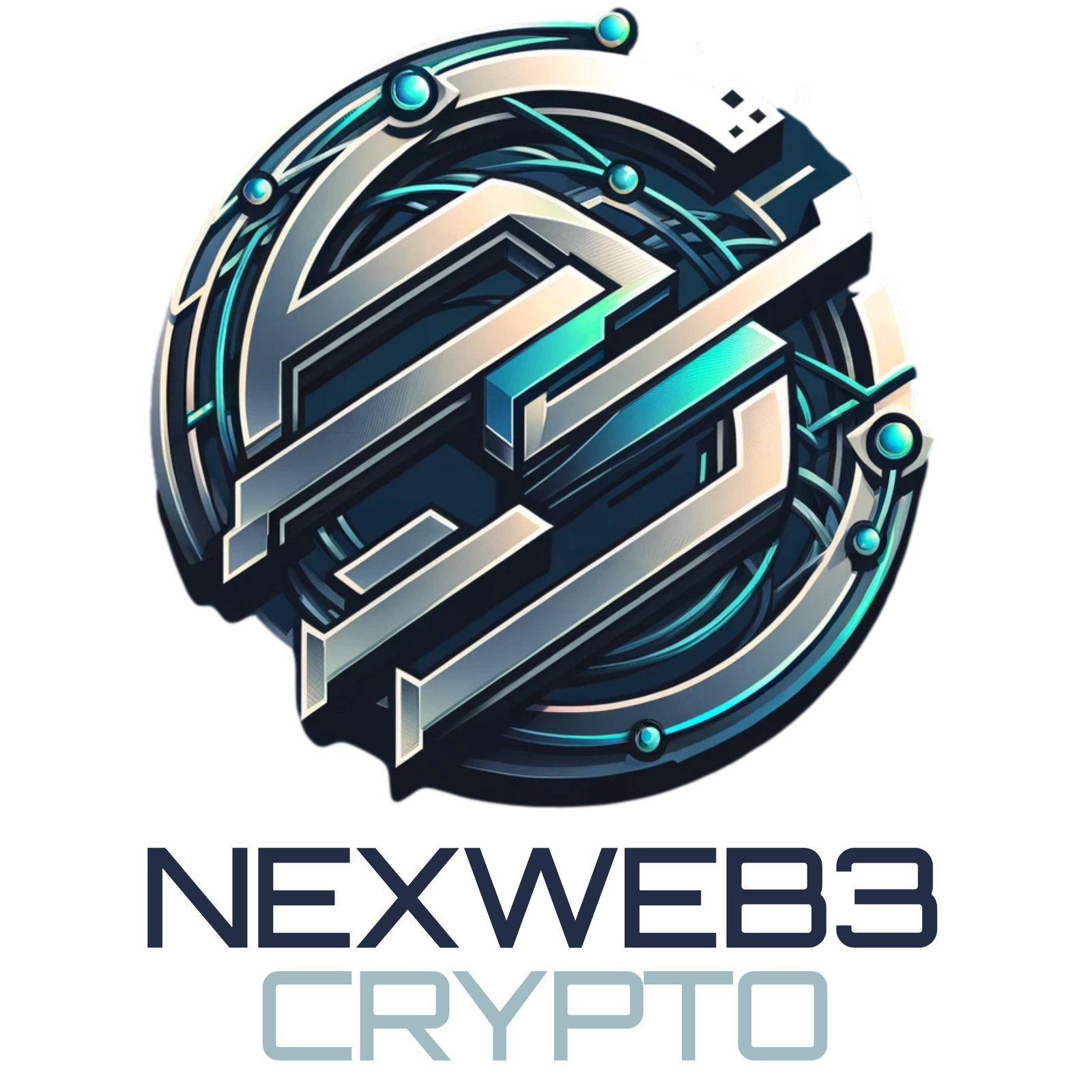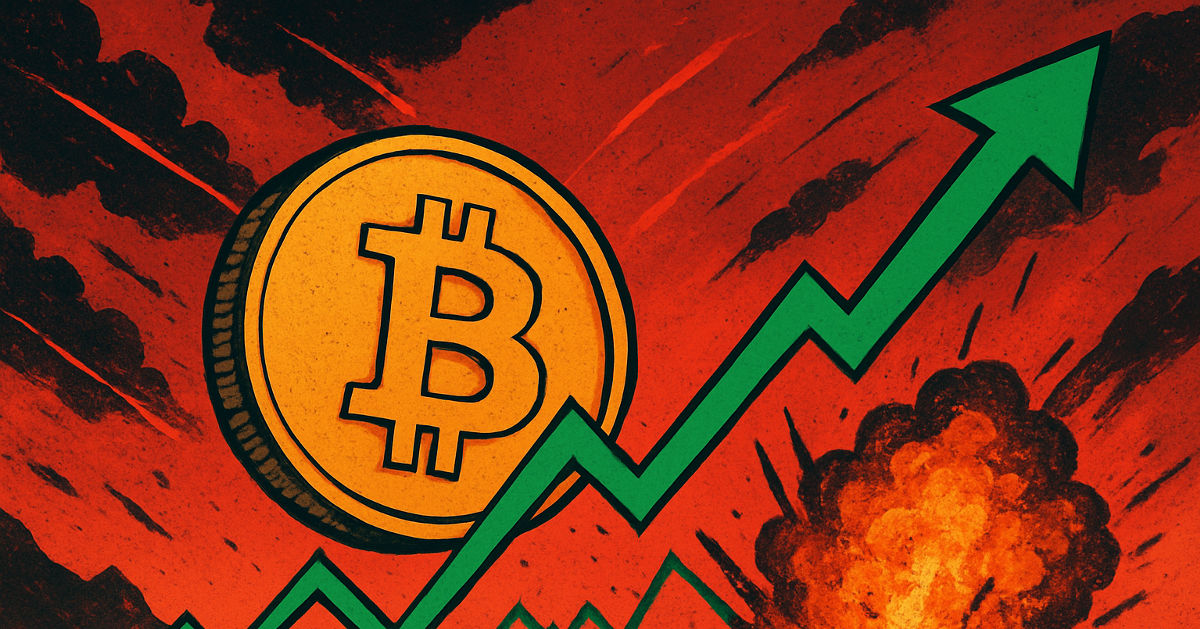Stablecoins have become an essential tool in the world of cryptocurrency as they bridge traditional fiat currencies with digital assets. These innovative tokens are designed to maintain a stable value making them appealing for both investors and everyday users navigating unpredictable crypto markets. With their unique features, stablecoins offer stability amidst volatile conditions that characterize many cryptos today. As such they represent one of the most significant developments within this ever evolving landscape.
*Stablecoins – The New Financial Instrument Explained**
Stablecoins are cryptocurrencies that aim to minimize price volatility by pegging their value against a more stable asset such as fiat currencies like the US dollar or commodities including gold. Unlike other digital assets like Bitcoin and Ethereum which can experience drastic fluctuations within hours at times; stablecoins provide users with some level of security in an otherwise unpredictable marketplace. They serve multiple purposes – facilitating transactions while also acting as safe havens during downturns and enabling hedging against volatility for those who need it most. With these features, stablecoins have become increasingly popular among investors looking for stability amidst uncertainty.
*Stablecoins – The Mechanics Behind Stability**
Stablecoins are designed to provide stability through various mechanisms. The most common approach is the fiat collateralized model where each token has a 1:1 ratio with traditional bank accounts or other secure assets held in reserve. Tether (USDT) and USD Coin (USDC) are two examples of this type that rely on transparency measures such as regular audits for users’ assurance about sufficient reserves backing their issuance. This mechanism ensures trustworthiness among investors who seek reliable digital currency options.
Another category of stablecoins includes crypto collateralized options like DAI. These coins are overcollateralized with other cryptocurrencies and use smart contracts to manage their stability through decentralized governance systems that automatically adjust collateral ratios as needed. This approach ensures transparency in the process while maintaining trust among users who rely on these digital currencies for transactions or investments.
Algorithmic stablecoins utilize intricate algorithms to manage supply and demand dynamically. By issuing or burning tokens based on market conditions these coins aim at maintaining their peg without relying on physical assets as backing. However this approach carries some risk since it depends entirely on the effectiveness of complex computer programs rather than tangible reserves.
*Stablecoins – Pros and Cons in Cryptocurrency**
Stablecoins have become increasingly popular among traders and investors due to their various benefits. The most significant advantage is the provision of liquidity which enables fast trades while minimizing risks during unstable periods. Moreover these digital currencies facilitate cross border transactions at lower costs compared with traditional banking systems. With all these advantages it’s no surprise that stablecoin adoption continues to grow in today’s financial landscape.
While digital currencies offer numerous benefits they also come with their fair share of risks. One major challenge is regulatory scrutiny – governments are paying close attention to how these instruments operate within existing financial frameworks. Additionally, concerns about transparency regarding reserve management can lead some potential users into skepticism if audits aren’t consistently performed or issuers fail to disclose pertinent information. These challenges should not be overlooked when considering the use of such tools in your business operations.
*Stablecoins – The Future of Crypto Trends and Predictions**
The future of finance is set to be shaped by stablecoins as they continue playing an integral role. With central banks exploring CBDCs we may witness increased competition between various forms of digital currency vying for stability while also earning user trust. This trend highlights the importance placed on these coins in todays financial landscape. As such it remains crucial that businesses keep up with developments within this sector if they want remain competitive and relevant going forward.
Regulations are set to impact innovation within the blockchain sector significantly; projects that prioritize compliance will be more attractive amidst increasing scrutiny from regulators worldwide. Additionally we may witness enhanced interoperability between different blockchain networks allowing for seamless transfers across platforms – further cementing stablecoins as both transactional mediums and investment vehicles of choice.
Although stablecoins are still in their early stages compared to other cryptocurrencies they have managed to establish themselves by providing much needed stability during times of chaos. As technology continues advancing alongside regulatory frameworks that evolve rapidly around them – the future for these digital assets appears promising indeed.





